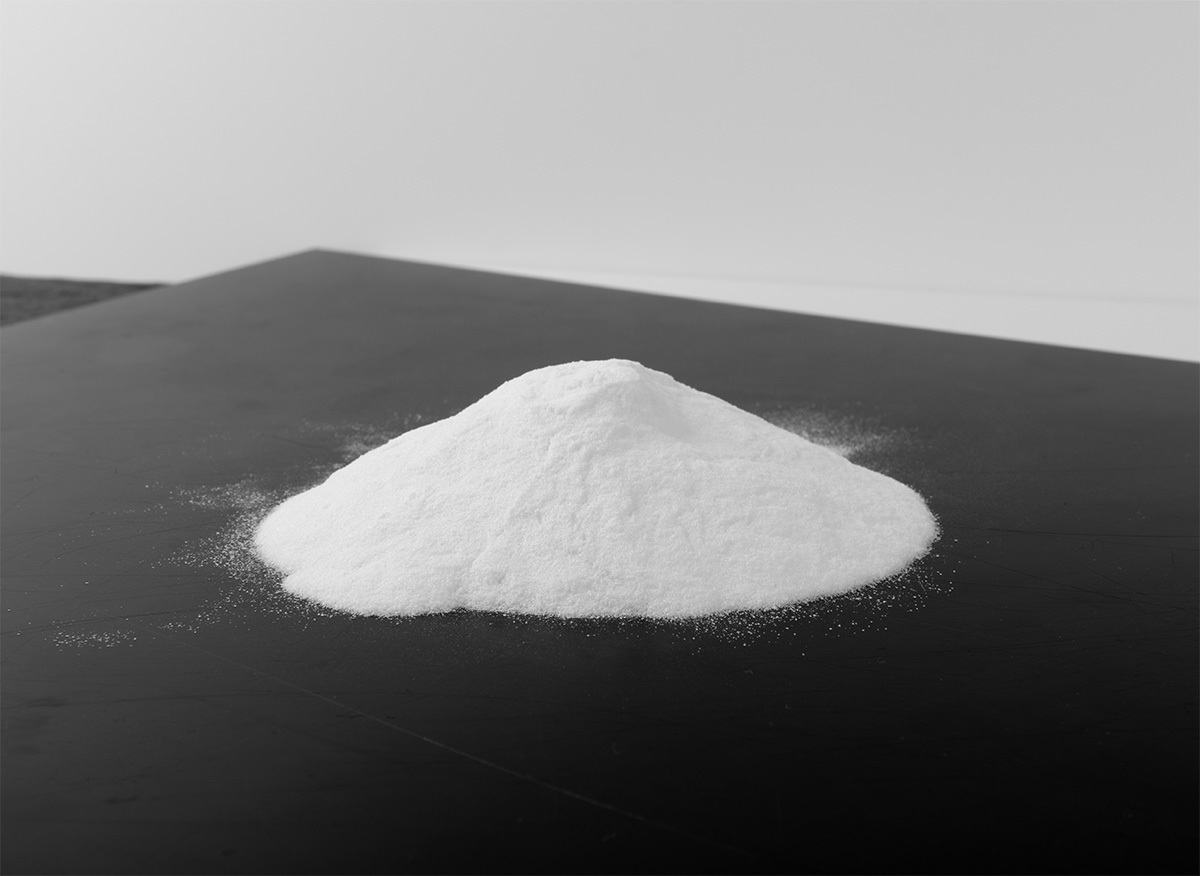
Characteristics of Zinc Sulfide
The characteristics of zinc sulfide mainly include its physical and chemical properties, as well as its changes under specific conditions.
The characteristics of zinc sulfide mainly include its physical and chemical properties, as well as its changes under specific conditions.
Physical properties: Zinc sulfide is a white to grayish white or light yellow powder that darkens in color. It is stable in dry air, but gradually oxidizes to zinc sulfate in humid air or when it contains moisture. Zinc sulfide has two crystal forms, alpha type and beta type. Alpha type zinc sulfide is a colorless hexagonal crystal powder or a white to off white or light yellow powder, while beta type zinc sulfide is a cubic crystal, also a white to off white or yellow powder. The relative density of alpha type zinc sulfide is 4.087 with a melting point of 1700 ℃, while the relative density of beta type zinc sulfide is 4.102 with a melting point of 1700 ℃. Zinc sulfide is insoluble in water, but soluble in dilute inorganic acids and bases.
Chemical properties: Zinc sulfide can slowly oxidize to sulfate in air, especially in humid or water containing environments. In addition, zinc sulfide will transform into zinc sulfate when left in humid air for a long time. These two crystal forms of zinc sulfide can transform into each other under specific conditions, for example, β - type zinc sulfide will transform into α - type 1 at 1020 ℃
Application: Zinc sulfide has a wide range of applications in multiple fields due to its unique physical and chemical properties. For example, it can be used as a pigment in paints and plastics. Due to its white opacity and insolubility in water, organic solvents, weak acids, and weak bases, it has become an important pigment in paints. In addition, zinc sulfide is also applied in the fields of ceramics and optoelectronics, such as as as a wide bandgap semiconductor material, which has potential application value as a photonic material.
In summary, zinc sulfide plays an important role in multiple fields due to its unique physical and chemical properties.
Previous:
Related news
2025-09-19
2024-08-07
2024-08-07





